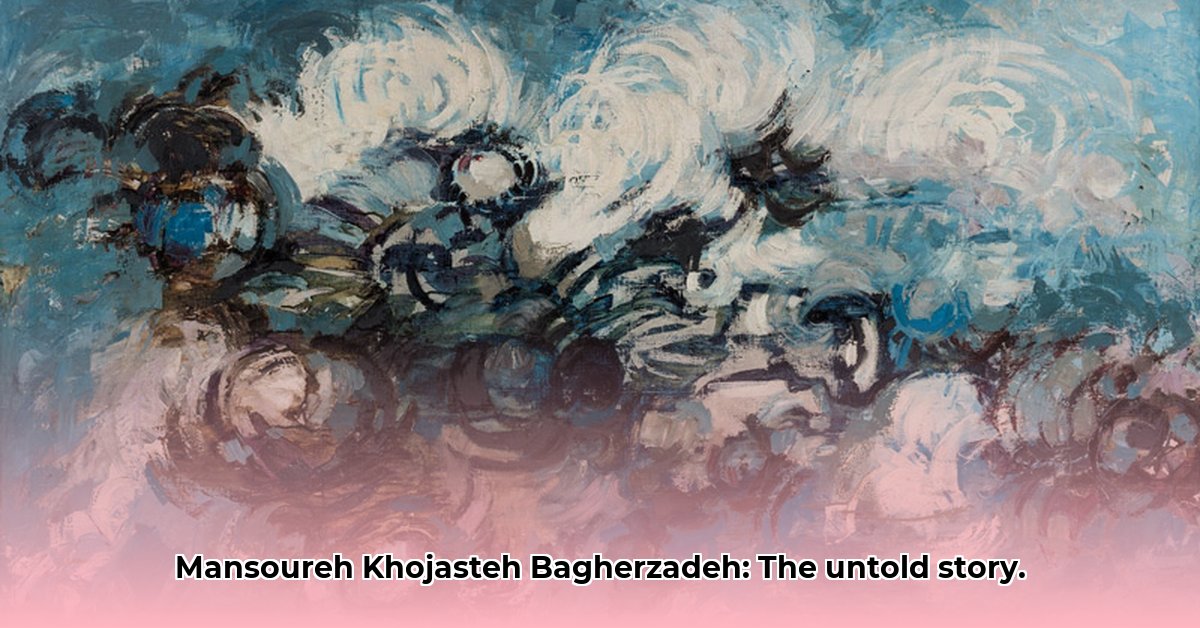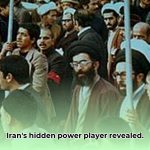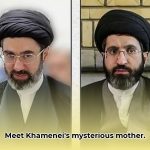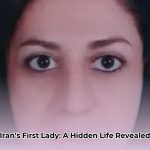Who is Mansoureh Khojasteh Bagherzadeh? For many outside Iran, and even within, she remains an enigma. As the wife of Iran’s Supreme Leader, Ali Khamenei, her life is intertwined with the highest levels of Iranian power, yet she maintains a remarkably low public profile. This article delves into what little is known about her, exploring her background, potential influence, and the reasons behind her near-invisibility. For more information, see her biography here.
The Elusive Figure: An Introduction
Mansoureh Khojasteh Bagherzadeh’s name rarely appears in international news. Unlike the spouses of many world leaders, she doesn’t give interviews, attend public events, or even have readily available photographs. This absence from the public sphere raises numerous questions: Is it a personal choice, a reflection of cultural norms, or a deliberate strategy?
Early Life and Marriage
Born in 1947 in Mashhad, Iran, Mansoureh Khojasteh Bagherzadeh comes from a religious Persian family. Her father, Mohammad Esmaeil Khojasteh Bagherzadeh, was a businessman. She has a brother, Hassan Khojasteh Bagherzadeh, who held a significant position as the deputy director of IRIB (Islamic Republic of Iran Broadcasting).
She married Ali Khamenei in 1964. The wedding sermon was delivered by Ayatollah Mohammad Hadi Milani. At the time, Khamenei was a rising cleric and activist. The marriage produced six children: Mostafa, Mojtaba, Masoud, Meysam, Boshra, and Hoda. Each of their children has gone on to hold significant positions or marry into influential families within Iran.
A Life Out of the Spotlight
Despite her husband’s prominent role in Iranian society, Mansoureh Khojasteh Bagherzadeh has consistently avoided the public eye. She holds no official political or public office. There are no known interviews with her in Western media, and even within Iran, information is scarce.
This deliberate privacy is a stark contrast to the visibility of many political spouses around the world. It raises questions about the role of women in Iranian politics and the expectations placed upon them. Is her silence a sign of power, or a reflection of limitations?
Potential Influence and Unseen Power
While Mansoureh Khojasteh Bagherzadeh may not be a public figure, it’s unlikely she is without influence. As the wife of the Supreme Leader, she undoubtedly has access to information and opportunities to voice her opinions. Her role within the family and her interactions with other influential figures could have a significant impact, even if it remains unseen.
Several theories exist regarding her influence:
- Advisor and Confidante: She may serve as a trusted advisor to her husband, offering counsel on political and social matters.
- Family Liaison: She may play a crucial role in managing family affairs and maintaining connections with other influential families.
- Symbolic Figure: Her quiet presence may serve as a symbol of traditional values and domesticity, reinforcing a particular image of the Supreme Leader’s household.
The Challenges of Research
Investigating the life of Mansoureh Khojasteh Bagherzadeh presents significant challenges. Information is tightly controlled, and access to primary sources is limited. Researchers must rely on fragmented information, indirect sources, and careful analysis to piece together a more complete picture.
Ethical considerations also play a crucial role. Respect for privacy must be balanced with the public interest in understanding the dynamics of power within Iran. Sensationalism and speculation must be avoided, with a focus on verifiable facts and responsible reporting.
Key Takeaways
- Mansoureh Khojasteh Bagherzadeh, wife of Iran’s Supreme Leader, maintains an exceptionally low public profile.
- She was born in Mashhad, Iran, in 1947, and married Ali Khamenei in 1964. They have six children.
- Despite her husband’s power, she holds no official position and rarely appears in public.
- Her potential influence remains largely unknown, but she may serve as an advisor, family liaison, or symbolic figure.
- Researching her life is challenging due to information control and ethical considerations.
Mansoureh Khojasteh Bagherzadeh: A Symbol of Tradition or a Hidden Influence?
Mansoureh Khojasteh Bagherzadeh remains a fascinating subject, not only for what is known, but for what remains unknown. She represents a complex intersection of power, privacy, and tradition within Iranian society. As research continues, it is essential to approach her story with sensitivity, respect, and a commitment to uncovering the truth, however elusive it may be.
Further Research Areas
- Explore the roles of other women in Iranian politics, comparing their levels of visibility and influence.
- Investigate the history of the Khamenei family and their connections to other influential families in Iran.
- Analyze Iranian media coverage of the Supreme Leader and his family, looking for subtle clues and insights.












